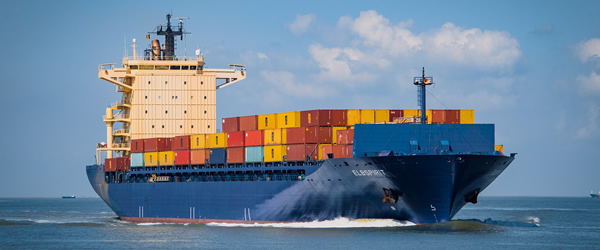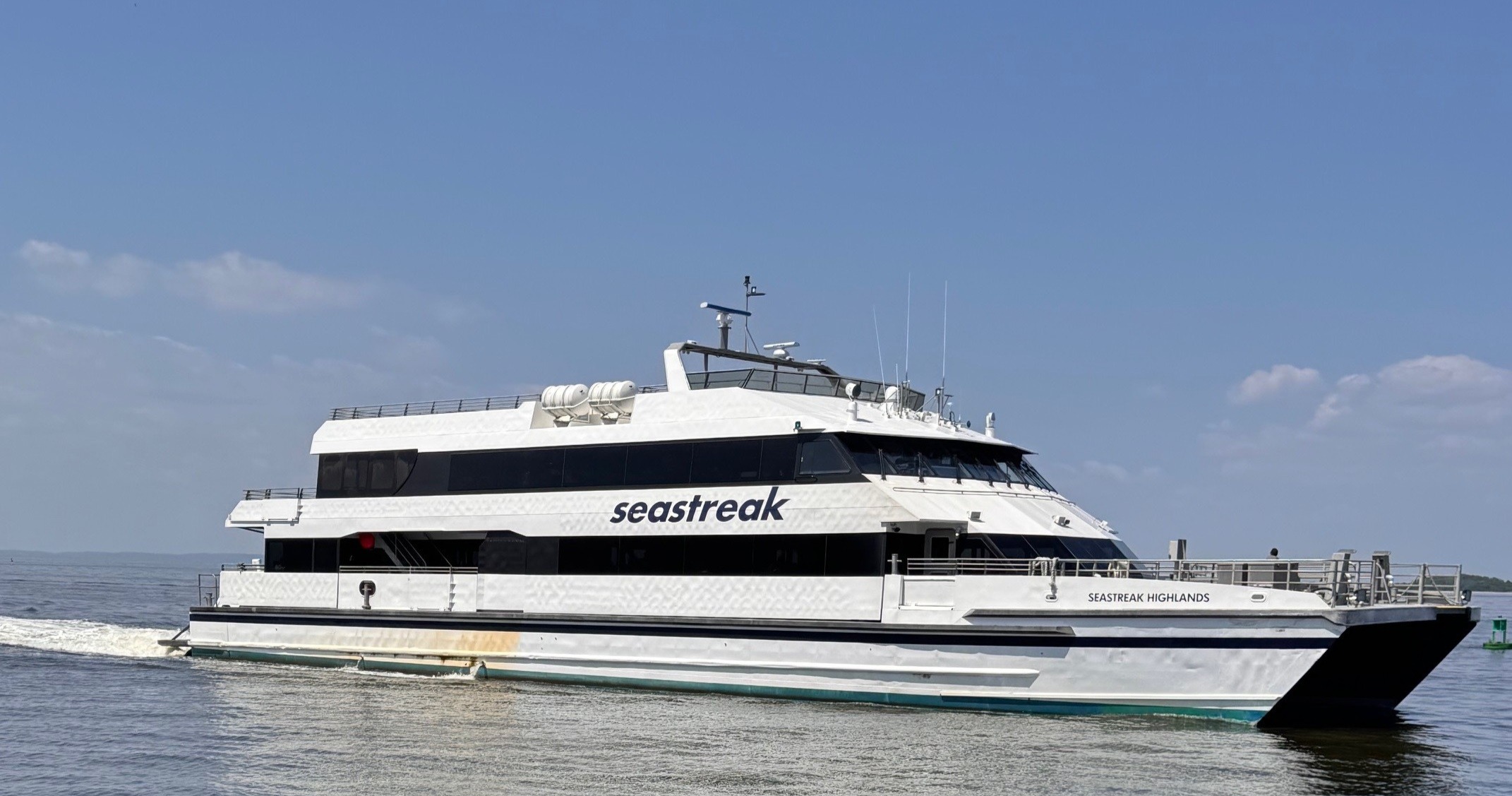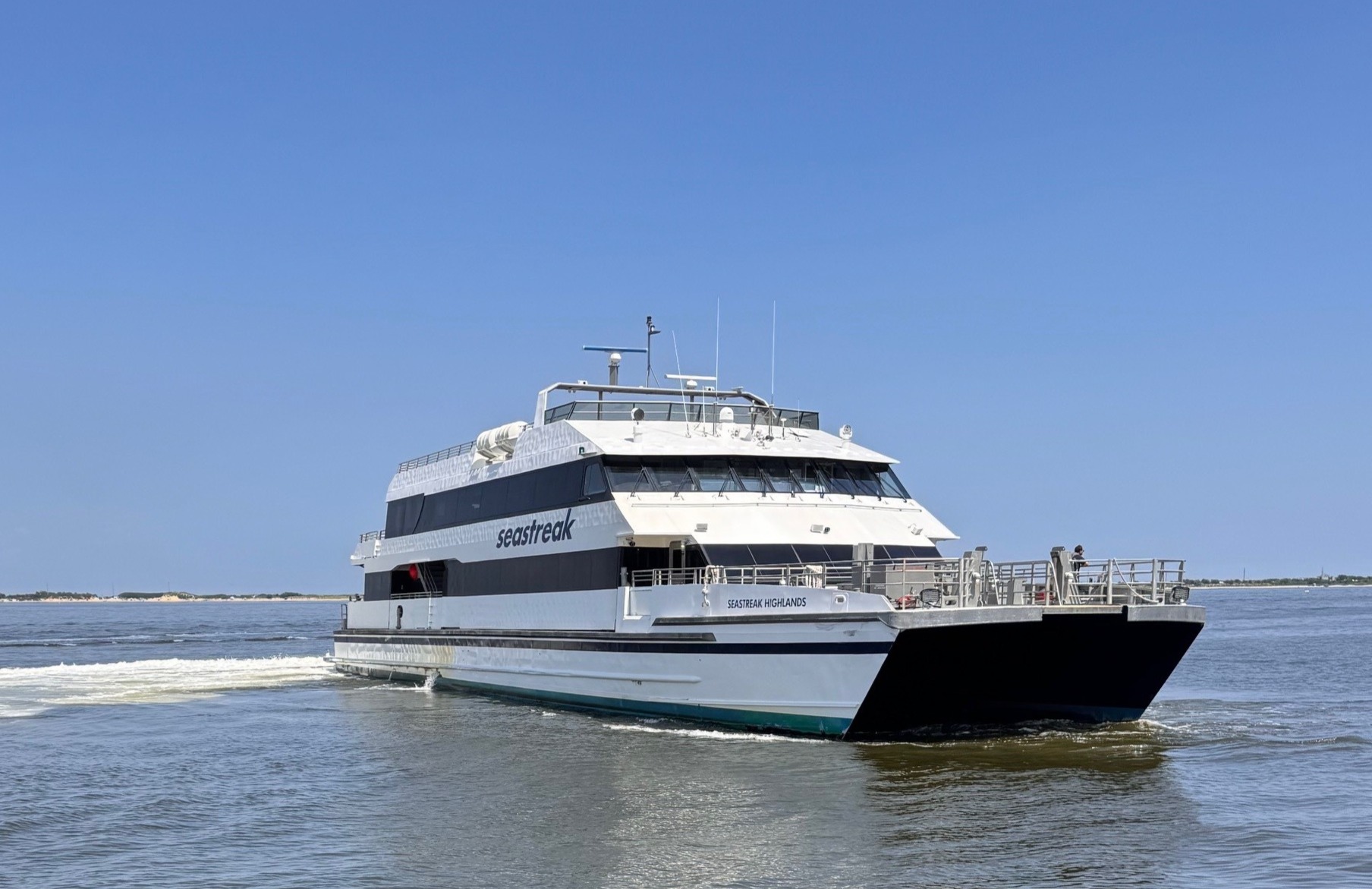Ports
On this page:
- Clean Air Northeast Ports Workgroup
- EPA Ports Initiative
- EPA Clean Ports Project Funding
- Federal Funding Opportunities for Ports
- Related Resources
- Select Federal Regulations Relevant to Reducing Air Emissions at Ports
Clean Air Northeast Ports Workgroup
Purpose
The Clean Air Northeast Ports Workgroup is a diverse public/private collaborative that has been meeting bimonthly since 2006 to learn about, discuss and promote effective and efficient strategies and technologies for reducing emissions and increasing sustainability among ports in the Northeast, Puerto Rico and US Virgin Islands. More information about the Workgroup, including past presentations, discussion topics, and participants, can be obtained by contacting the EPA co-chairs.
Participants
Participants in the Clean Air Northeast Ports Workgroup include representatives from:
- EPA Regions 1 and 2
- Federal, state, and local agencies
- Port authorities
- Port terminals
- Consulting firms in the port sector
Contacts
To learn more about the Ports Workgroup, please contact:
- For New England (CT, MA, ME, NH, RI, VT), Abby Swaine (swaine.abby@epa.gov) or Julie Silverman (silverman.julie@epa.gov)
- For NY, NJ, PR and USVI, Darian Darakananda (darakananda.darian@epa.gov)
EPA Ports Initiative

EPA Clean Ports Project Funding
Diesel Emissions Reduction Act
Since 2008, a total of 207 Diesel Emissions Reduction Act (DERA) grants have been awarded for port projects, totaling approximately $196 million. An additional 67 grants have been awarded through DERA to multi-sector projects that involve ports (note that only a portion of the more than $88 million of funds for these projects goes to the port sector). A list of DERA Port Grants from 2008 to 2021 are available on the EPA Ports Initiative page. Grants awarded in funding years 2022/2023 and later will be added to the list.
Inflation Reduction Act (Clean Ports Program)
The U.S. Environmental Protection Agency awarded 54 Clean Ports Program grants for nearly $3 billion under the Inflation Reduction Act. The selected applications will fund zero-emission port equipment and infrastructure as well as climate and air quality planning at U.S. ports located in 27 states and territories. Eight projects will take place in the Northeast. Information about the selected applications can be found on the Awards page.
Project Highlight: Connecticut Maritime Foundation
Under the DERA National Program, EPA awarded $1.8 million to Connecticut Maritime Foundation to repower propulsion engines, auxiliary generator sets, and related equipment on a catamaran ferry operated by Seastreak. Replacing the older Tier 1 engines with cleaner Tier 3 versions achieved major reductions in harmful pollutants, eliminating 135 tons of nitrogen oxides and 3 tons of fine particles each year. The repower proved an opportunity not only to reduce emissions but also to maximize efficiency. The vessel was re-engineered with only two propulsion engines, down from the original four. The total vessel horsepower dropped from 7,500 to 5,360 while still providing for all the power needs of the high-speed catamaran. The ferry services routes between New York City and Central New Jersey, helping to modernize a service that keeps thousands of cars off congested roadways.
Federal Funding Opportunities for Ports
Many agencies provide grants, cooperative agreements, and cost-shares to help ports and near-port communities improve port environmental performance, productivity, and the health of people who work and live near ports. Both the U.S. Environmental Protection Agency and the U.S. Department of Energy maintain lists of funding opportunities available to ports and near-port communities.Related Resources
- Pacific Northwest National Laboratory (PNNL) Resources for Ports
- American Association of Port Authorities (AAPA) Port Opportunities with Energy, Resilience and Sustainability Program
- Clean Off Road Equipment (CORE) & Off-Road Zero-Emission Technology Inventory (ZETI)
- Green Marine
- Maritime Administration (MARAD) North Atlantic Gateway Office
- Marine Repower Guide
- Truck Count and Assessment for Providence, Rhode Island Port Area
More resources will be added as they become available. If you know of a resource that should be added to this list, please reach out to Meredith Gutierrez (gutierrez.meredith@epa.gov).
Select Federal Regulations Relevant to Reducing Air Emissions at Ports
- EPA Marine Engine Rule
- International Maritime Organization (IMO) Coastal Emissions Control Areas
- IMO Ocean Going Vessels Standards
- EPA Heavy-Duty Engine and Vehicle Standards (relevant to drayage trucks)
- EPA Nonroad Engine Emissions Standards (relevant to cargo and materials handling equipment)
- EPA Locomotive Engine Rule (relevant to resident and visiting locomotives)


